DNA Study Confirms Picuris Pueblo’s Ancestral Ties to Chaco Canyon
A landmark study published April 30, 2025, confirms the ancestral link between Picuris Pueblo and Chaco Canyon using ancient DNA, reshaping Indigenous research ethics and supporting tribal land and heritage claims.
1. What Historic Breakthrough Did Picuris Pueblo Announce on April 30, 2025?
In northern New Mexico, Picuris Pueblo—population around 300—confirmed ancestral ties to Chaco Canyon via DNA study published in Nature. The research, based on genomes from 16 ancient individuals and 13 modern Picuris, revealed over 95% genetic continuity. Chaco Canyon, a UNESCO World Heritage Site, holds cultural importance to nearly two dozen Puebloan tribes. This is the first time a tribal-led genetic study directly supported Indigenous oral history with verified scientific data.
2. Why Is This Study Groundbreaking in Indigenous Scientific Research?
The project redefines ethics in genetic research involving Indigenous communities. Unlike earlier controversial studies—like the 2017 Chaco DNA analysis—Picuris leaders co-designed the process, retaining veto power throughout. Over 2 years, consultation ensured ethical compliance, contrasting with historic practices where 80% of similar studies lacked tribal input. Dr. Eske Willerslev’s team emphasized consent-first methodology, setting a new benchmark for respectful collaboration and recognition of Native epistemologies in science.
Quick Fact Box: Picuris-Chaco DNA Study 2025
Date Published: April 30, 2025
Lead Tribe: Picuris Pueblo
Research Head: Dr. Eske Willerslev, University of Copenhagen
Key Finding: Over 95% genetic continuity with ancient Picuris
Journal: Nature
3. What Sparked This Study and How Was It Initiated?
In 2019, Southern Methodist University archaeologists alerted Picuris leaders to ancient remains found near Taos, excluded from prior repatriation efforts. Seeking scientific validation for centuries-old oral histories, tribal authorities approached Dr. Willerslev. This outreach resulted in genome sequencing of remains dated between 1300–1500 A.D., yielding crucial comparative data. This tribal-led effort corrects decades of academic dismissal and adds forensic legitimacy to longstanding heritage claims.
4. How Does the Study Impact Picuris Pueblo’s Legal and Land Rights?
The findings bolster the Picuris claim in ongoing legal and environmental debates over Chaco Canyon. With 95% genome match and genetic links to Chaco interments, the study substantiates their cultural continuity. This data strengthens tribal influence in federal decisions, especially amid oil and gas drilling disputes near sacred lands. While Picuris do not assert sole ancestry, their science-backed claim now carries increased legal and diplomatic weight in policy negotiations.
5. What Is the Broader Cultural Significance of Chaco Canyon to Indigenous Peoples?
Chaco Canyon, spanning over 33,000 acres, is revered by nearly 20 Puebloan tribes. Pueblo Bonito, its largest structure, dates back to 850–1150 A.D. The Picuris oral traditions align with this era, and now science supports their presence. The study validates Indigenous knowledge systems that have preserved history for over 500 years without written records. This recognition represents a convergence of Western science with Native traditions and spiritual landscapes.
6. What Was the Historical Problem with Previous Research Practices?
Past studies, like the 2017 Chaco DNA research, proceeded without tribal consent, drawing criticism and mistrust. In a notorious case, Arizona State University misused Havasupai DNA in 2004, collected for diabetes research but used for migration studies, triggering a lawsuit. These cases reveal a troubling pattern—only 14% of ancient DNA studies involved Indigenous approval. The Picuris study, by contrast, sets a precedent for community-led, transparent, and equitable scientific practice.
7. What Did the Picuris and Scientists Say About This Moment?
Dr. Willerslev stated, “Science must serve the people it studies, not override them.” Picuris tribal leaders emphasized that the project reaffirmed their history on their terms. In tribal statements, elders expressed that “our ancestors’ voices are finally heard by the world.” Researchers and tribal members described the partnership as a healing process, bridging generational trauma and re-establishing sovereignty over ancestral narratives and remains.
What makes this story a must-read
This story blends science and Indigenous leadership to rewrite history ethically, validating tribal identity through DNA and reshaping research norms. It’s a vital read for justice-driven heritage preservation.
This article was originally published in Nature.
Share this content:
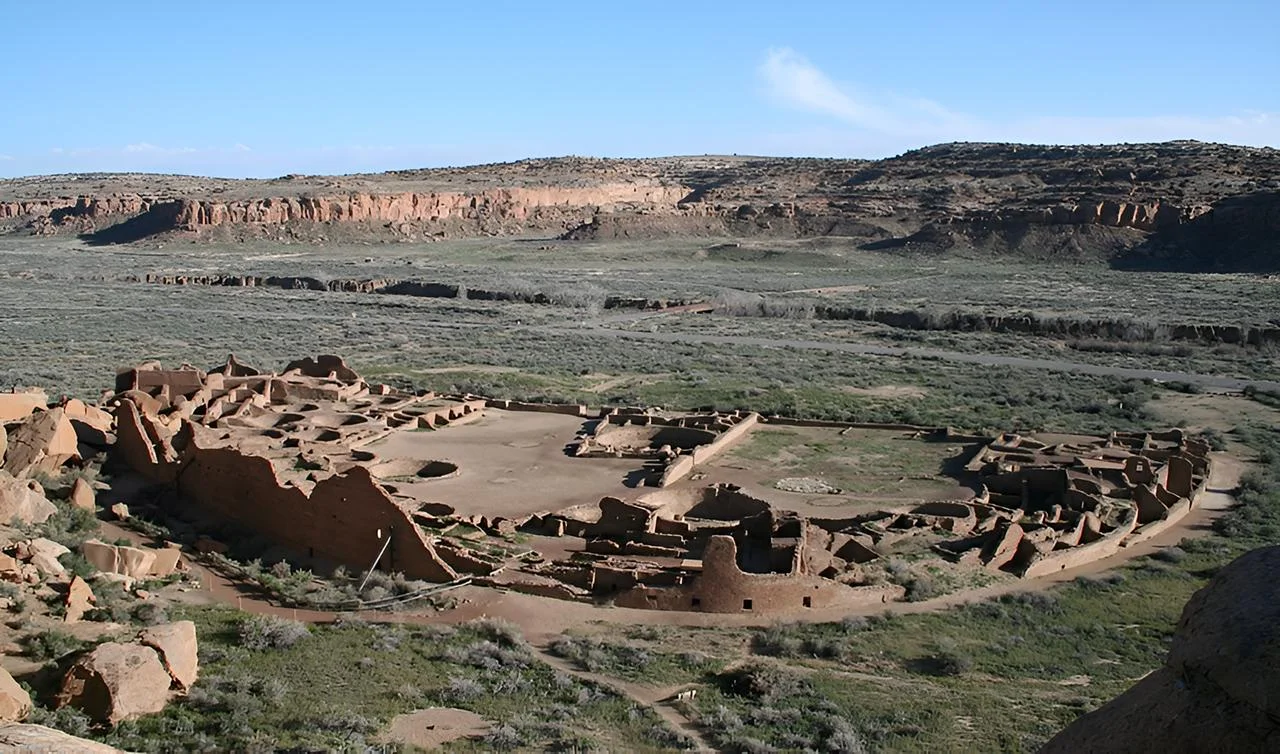

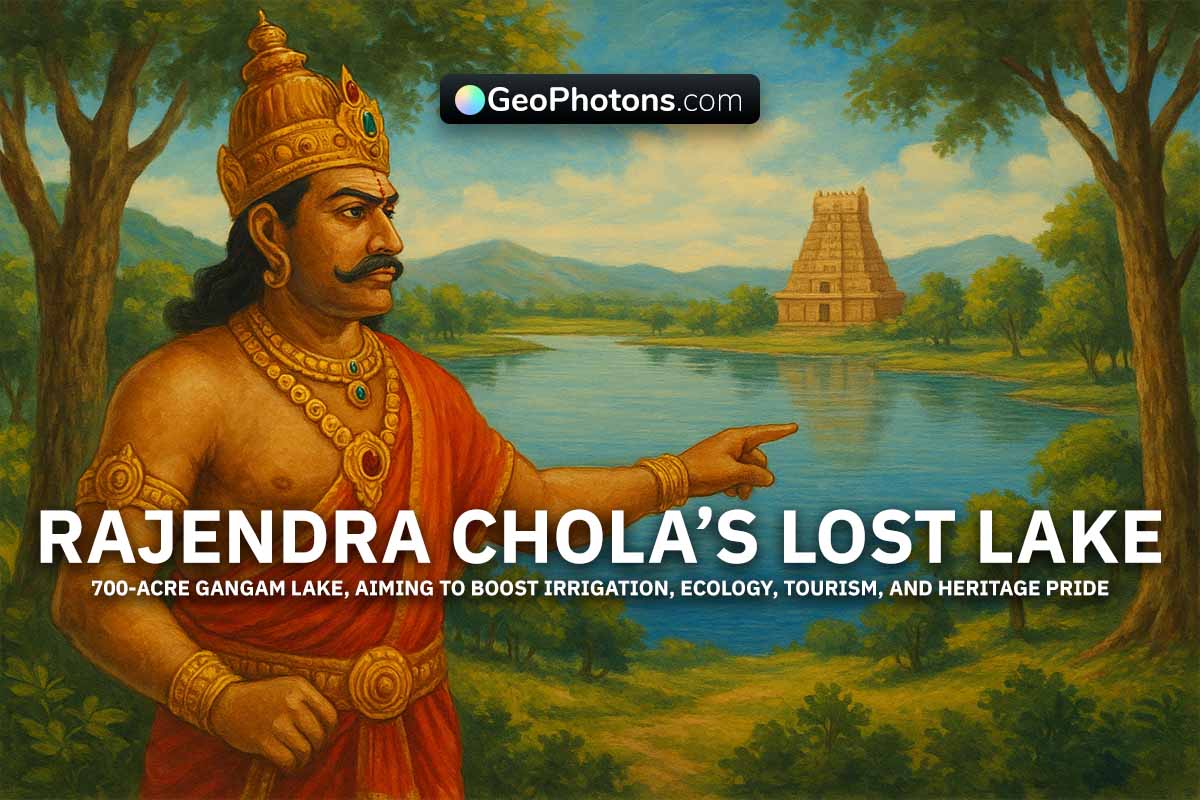
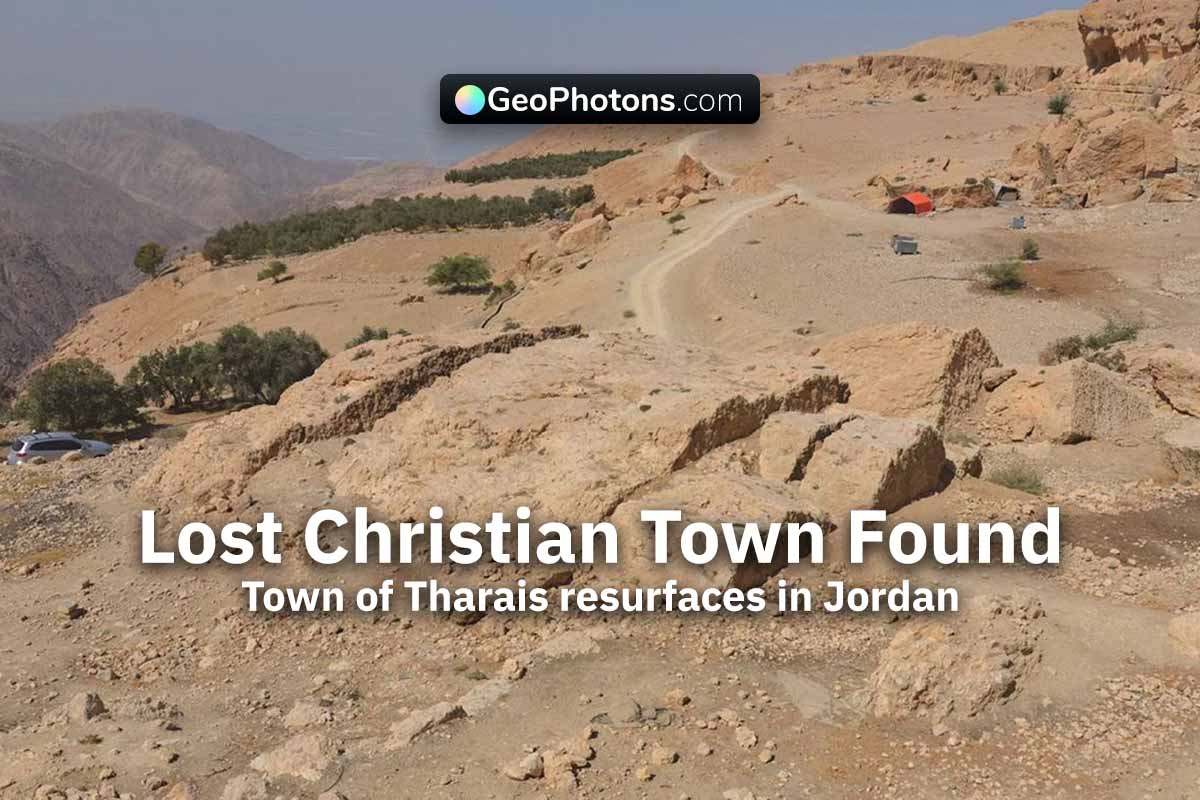
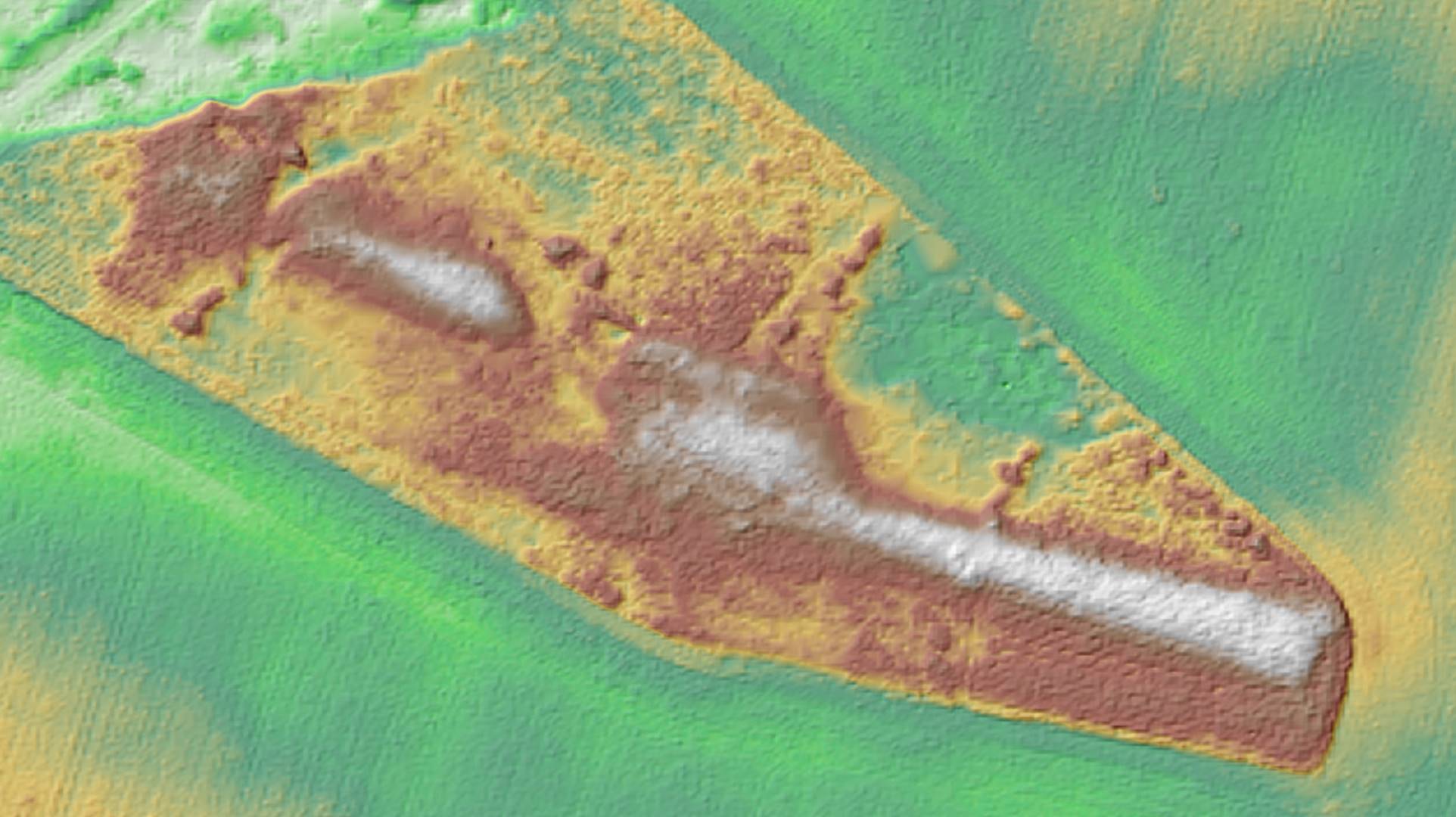
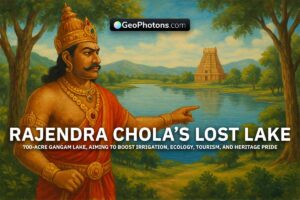
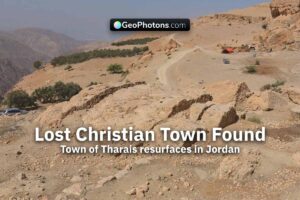




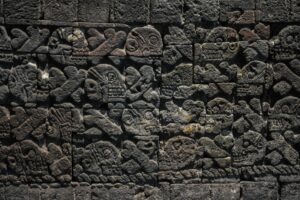



Post Comment